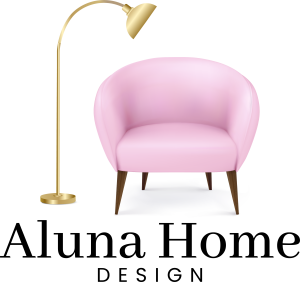Minimalist design is more than just an aesthetic trend; it is a philosophy that embraces simplicity, functionality, and elegance. Rooted in the idea that less is more, minimalism focuses on eliminating excess and emphasizing what is truly essential.
The Essence of Minimalism
Minimalism is characterized by clean lines, neutral color palettes, and uncluttered spaces. It avoids unnecessary details, allowing each element to serve a purpose while maintaining harmony and balance. The goal is to create a serene and inviting environment that promotes a sense of calm and clarity.
Key Principles of Minimalist Design
-
Simplicity: Minimalist design strips away the non-essential, leaving only what is necessary for functionality and beauty.
-
Functionality: Every piece should serve a purpose, ensuring that space is both practical and visually appealing.
-
Neutral Colors: Soft tones like white, beige, and gray dominate minimalist spaces, creating a soothing atmosphere.
-
Quality Over Quantity: Instead of filling a space with numerous items, minimalism encourages investing in a few high-quality pieces that stand the test of time.
-
Decluttering: A clutter-free environment enhances focus, reduces stress, and contributes to a more organized lifestyle.
Minimalism in Different Aspects of Design
Minimalism is not confined to interior design; it influences various creative fields, including architecture, fashion, and graphic design. In architecture, minimalist structures focus on open spaces, natural light, and simple materials. Fashion embraces minimalism through timeless, versatile pieces, while graphic design relies on clean typography and negative space to communicate ideas effectively.
The Benefits of Minimalist Design
Minimalism offers numerous advantages, such as reducing visual noise, enhancing functionality, and promoting sustainability. A minimalist lifestyle also fosters mindfulness, encouraging individuals to be intentional about their choices and appreciate the beauty of simplicity.
Conclusion
Minimalist design is a powerful approach that proves less can indeed be more. By embracing simplicity and purpose, we can create spaces and designs that are both aesthetically pleasing and highly functional. Whether in homes, fashion, or digital spaces, minimalism continues to shape modern design, making life more meaningful and intentional.

